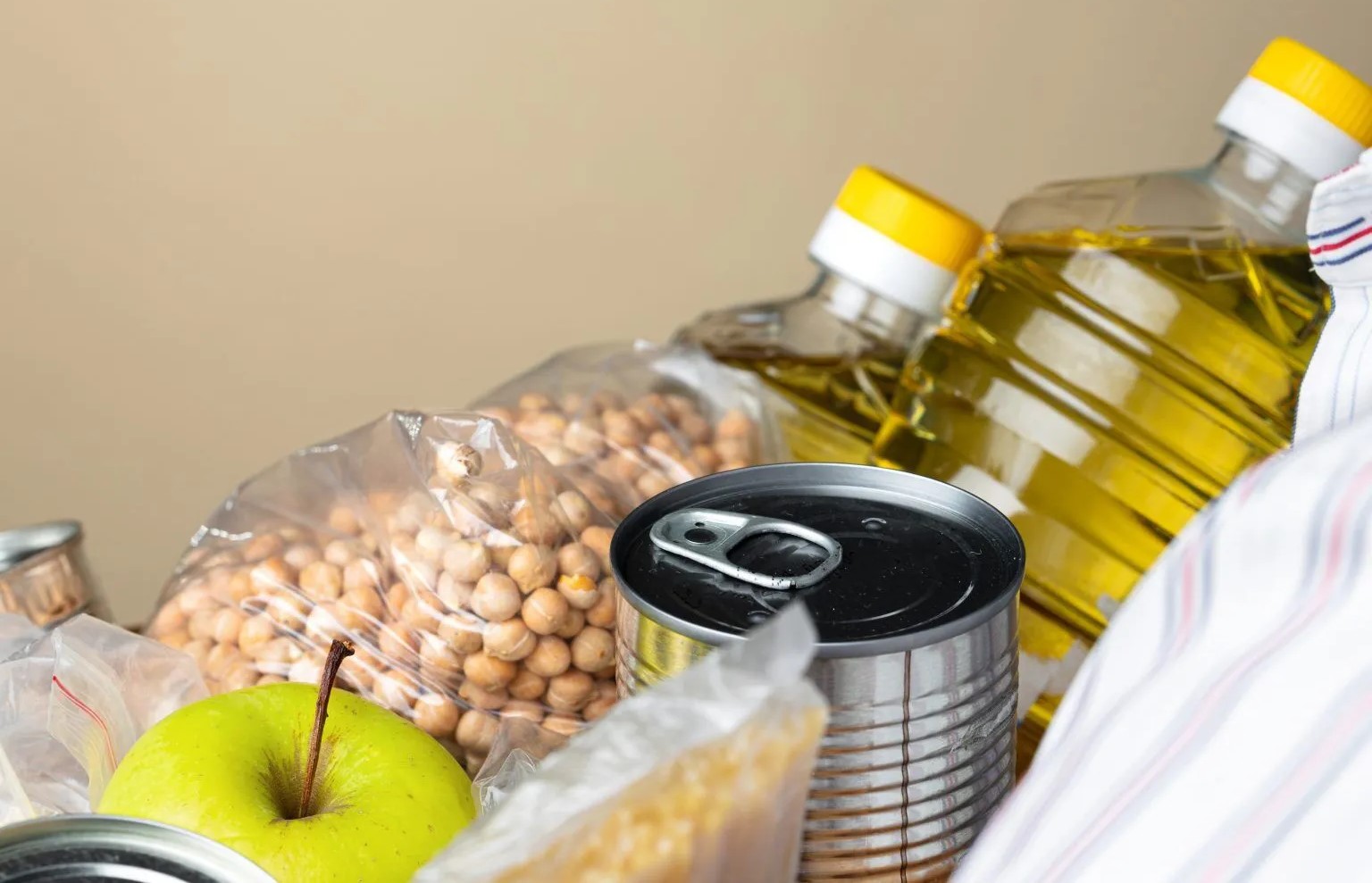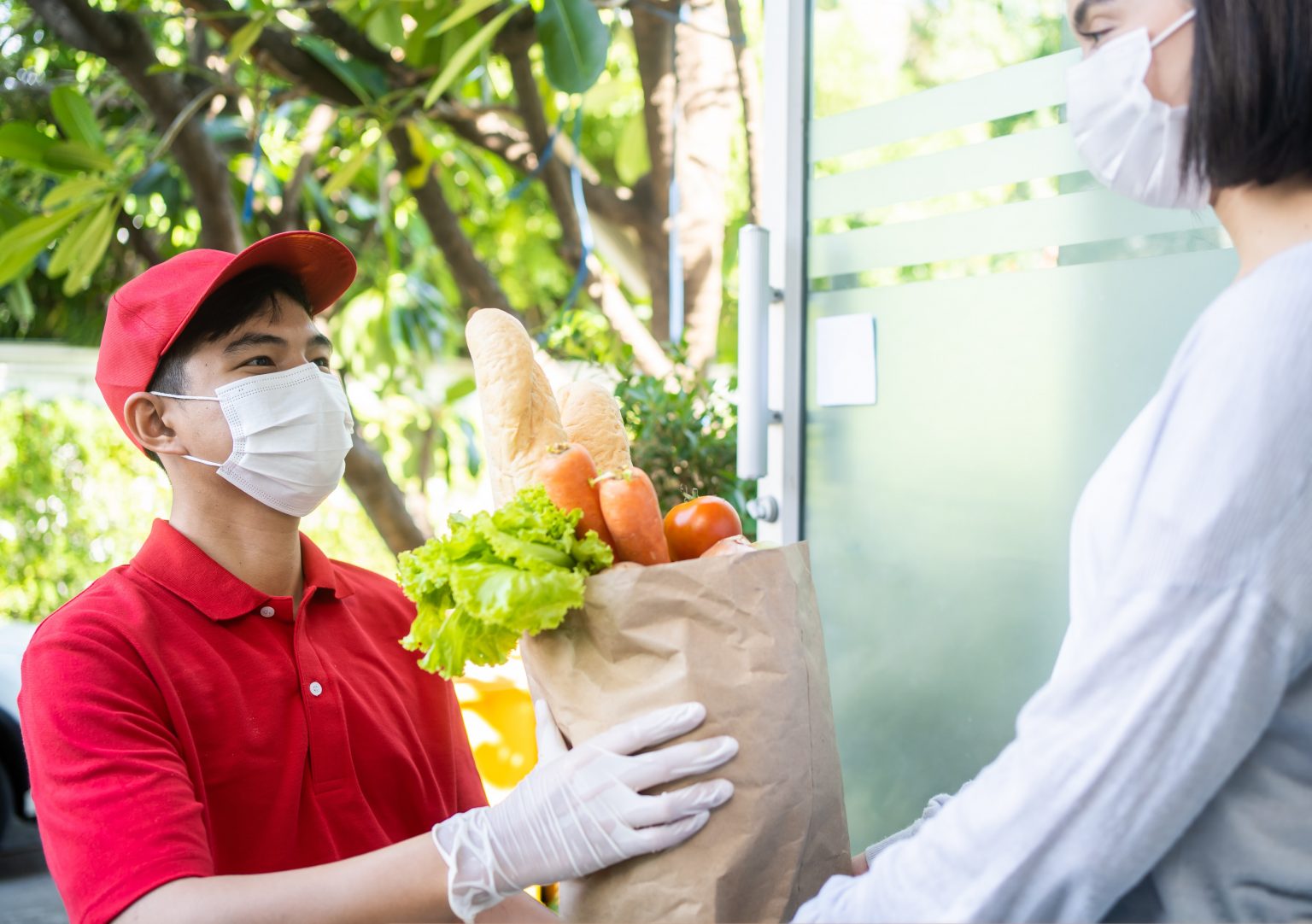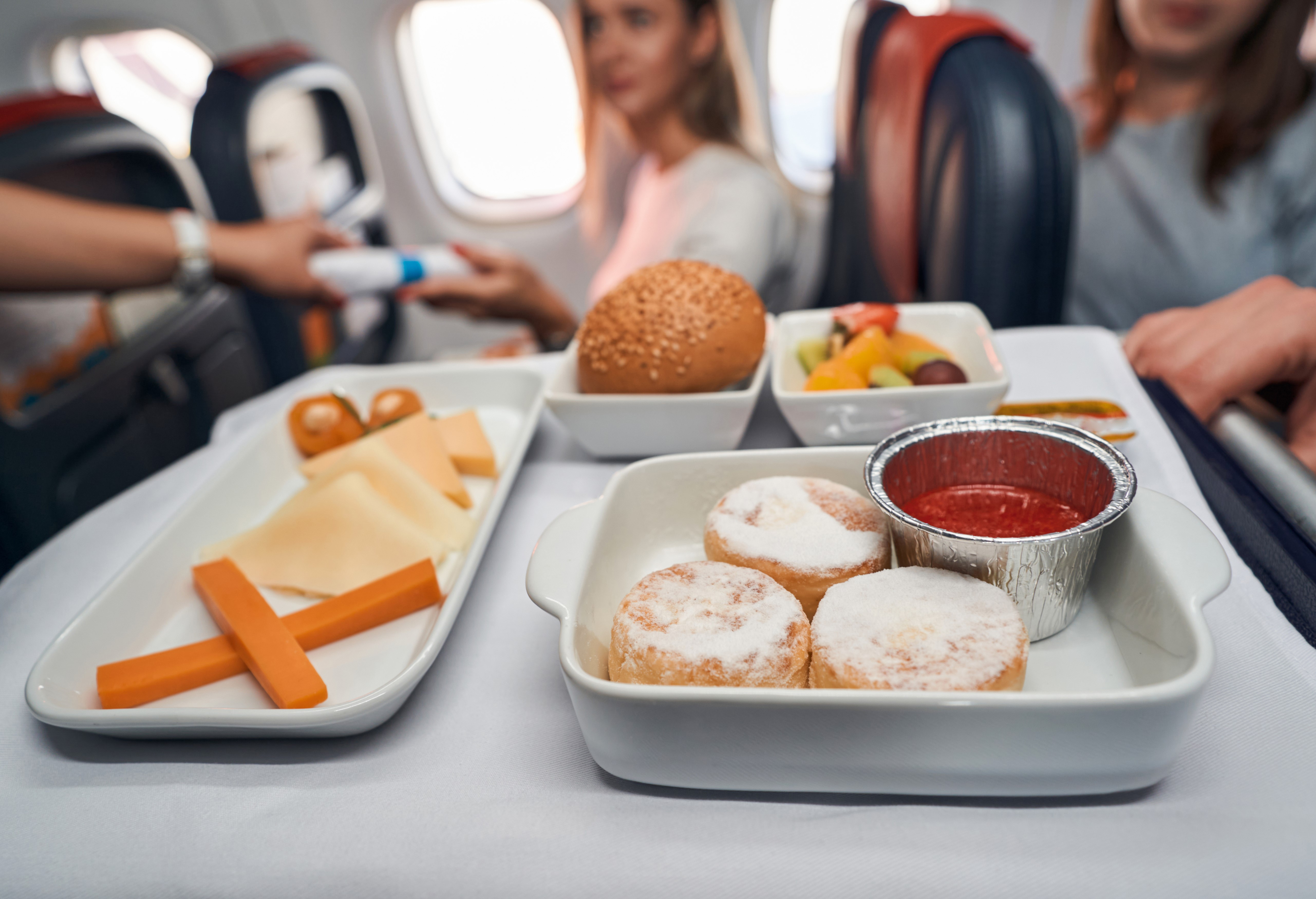Last Updated on February 20, 2025 by Admin
Table of Content
- What is Food Processing and Preservation
- Types of Food Preservation
- Different Methods of Food Processing
- What is the Difference Between Food Preservation and Food Processing
- Explaining Food Preservation: A Heritage for Generations
- Different Ways of Processing Food
- Preserving Culinary Heritage Through Food Processing & Preservation
- Importance of Food Processing and Preservation
- Conclusion
Food has always played a central role in human civilization, not only as a source of sustenance but also as a reflection of culture and identity. Humans have developed food processing and preservation techniques to preserve the nutritional value, taste, and aroma of various food items. This article will delve into the fascinating world of processing and preservation of food, exploring different types, their differences, and the significance of preserving the culinary heritage for future generations.
What is Food Processing and Preservation
Food Processing:
Food processing refers to converting raw or semi-processed ingredients into finished products. It involves various mechanical, physical, or chemical methods to alter the food’s form, taste, texture, or nutritional content.
Food Preservation:
Food preservation, on the other hand, is the art of preventing or slowing down food spoilage, decay, or microbial growth to extend its shelf life. It aims to retain the quality and nutritional value of food items over time, ensuring their availability during periods of scarcity or adverse climatic conditions.
Types of Food Preservation
Classify majorly based on thermal and non-thermal techniques
-
Thermal processing techniques –
Pasteurization, Sterilisation, Microwave heating, Infrared heating, canning, drying/dehydration etc.
-
Non-thermal processing techniques –
HPP, Irradiation, PEF (Pulse Electric Field), Ultrasonic, Cold Plasma, UV etc.
-
Canning:
Canning is a popular food preservation method that involves sealing food in airtight containers and heating them to destroy bacteria, yeasts, and moulds. This process helps preserve fruits, vegetables, and even meats, ensuring their long shelf life.
-
Freezing:
It is an effective preservation method where food is stored at sub-zero temperatures, inhibiting microbial growth and enzyme activity. It retains food items’ nutritional content and texture, widely used to preserve fruits, vegetables, meat, and seafood.
-
Drying/Dehydration:
Dehydration involves partial removal of water content from food items, making it unfavourable for microbial growth. Sun drying, oven drying, or dehydrators are standard methods for preserving fruits, herbs, and vegetables.
-
Fermentation:
Fermentation is an ancient preservation technique that uses natural fermentation processes to preserve food. It enhances flavours, improves digestibility, and extends the shelf life of items like yoghurt, pickles, and sauerkraut.
-
Salting:
Salting involves applying salt to food items, drawing out moisture and creating an inhospitable environment for bacteria. This method is used to preserve fish, meats, and some vegetables.
-
Smoking:
Smoking exposes food to smoke from burning wood or other materials, which imparts flavour and acts as a preservative. It is commonly used for meat and fish preservation.
Different Methods of Food Processing
Major classification to be based on following types:
A) CHEMICAL PROCESSING
- Chemical preservatives
- pH control
B) BIOLOGICAL PROCESSING
- Fermentation
C) PHYSICAL PROCESSING
- Thermal Processing- Pasteurisation, sterilisation, retort, canning, Drying/dehydration, retort
- Non-thermal processing- Irradiation, UV
D) PHYSIO-CHEMICAL PROCESSING
-
Thermal Processing:
Thermal processing involves applying heat to food items to achieve specific objectives, such as pasteurization and sterilization.
-
Mechanical Processing:
Mechanical processing involves using mechanical force to change the physical form of food items. Techniques like grinding, cutting, and milling are examples of automated processing.
-
Chemical Processing:
Chemical processing utilizes chemical agents to alter the properties of food items. Examples include fermentation in baking or adding preservatives to extend shelf life.
-
Biological Processing:
Biological processing involves using microorganisms like yeast or bacteria to produce specific food items like bread, yoghurt, and cheese.
-
Physicochemical Processing:
This type of processing combines physical and chemical methods to achieve specific objectives, such as emulsification or extraction of natural compounds.
Read Also: Different Types and methods involved in Food Processing
What is the Difference Between Food Preservation and Food Processing
While processing and preservation of food may seem similar, they serve different purposes:
-
Objective:
Food preservation aims to extend shelf life and prevent spoilage, ensuring food remains safe and edible for extended periods. On the other hand, food processing aims to transform raw ingredients into finished food products, enhancing taste, texture, and nutritional content.
-
Methods:
Food preservation methods focus on creating conditions that inhibit microbial growth, such as canning, freezing, or dehydrating. On the other hand, food processing utilizes various techniques like heating, grinding, or adding chemical agents to create new food products or alter existing ones.
-
End Products:
The end products of food preservation are typically the same food items but with an extended shelf life. Food processing, however, creates entirely new products or changes the characteristics of existing ones.
Explaining Food Preservation: A Heritage for Generations
The practice of food preservation is deeply embedded in human history, with ancient civilizations developing ingenious methods to store food for leaner times. Food preservation has become essential to culinary heritage, passing down age-old recipes and techniques from generation to generation. In India, various regions have unique food preservation methods that have stood the test of time. Each plan reflects the local culture and climate, from sun-dried fruits and vegetables in the arid regions of Rajasthan to pickling and fermenting techniques in different states.
Different Ways of Processing Food
-
Traditional Processing:
Techniques like stone grinding for flour, hand churning for butter, and sun-drying for fruits and vegetables are examples of traditional processing.
-
Modern Processing:
Modern food processing uses sophisticated equipment and techniques to achieve consistent and high-quality products.
-
Convenience Processing:
Convenience processing caters to the modern lifestyle, providing ready-to-eat or ready-to-cook food products that require minimal preparation.
Preserving Culinary Heritage Through Food Processing & Preservation
Preserving culinary heritage through food processing and preservation is of immense importance for several reasons:
-
Cultural Identity:
Traditional food items and preservation methods are integral to a community’s cultural identity.
-
Nutritional Preservation:
Traditional food preservation methods often retain the nutritional content of food items, ensuring that future generations can enjoy wholesome and nourishing meals.
-
Sustainability:
Food preservation reduces food waste by utilizing surplus produce and minimizing spoilage.
-
Resilience:
Food preservation protects against environmental and economic challenges, ensuring food availability during adverse conditions.
-
Health Benefits:
Fermented foods, for example, have probiotic properties that promote gut health and overall well-being.
Importance of Food Processing and Preservation
Food processing and preservation are two crucial aspects for extending the shelf life of food, ensuring safety, and reducing waste. These methods of food processing help prevent spoilage by slowing down the growth of harmful microorganisms, making food safe for consumption. Processing techniques, like pasteurization and canning, maintain nutritional value while improving convenience. Preservation also allows for transporting and storing food over long distances, ensuring a steady supply year-round, and contributes to reducing foodborne illnesses by minimizing contamination risks.
Read Also – Common Methods of Food Preservation
Conclusion
The art of processing and preservation of food taught in the FICSI’S fostac training, is a fascinating journey through time, reflecting the creativity and ingenuity of humankind. From ancient preservation techniques to modern processing methods, this culinary heritage ensures that we can savour the flavours of our culture for generations to come. As we continue to evolve, let us remember that food processing and preservation are both about sustenance and preserving.













